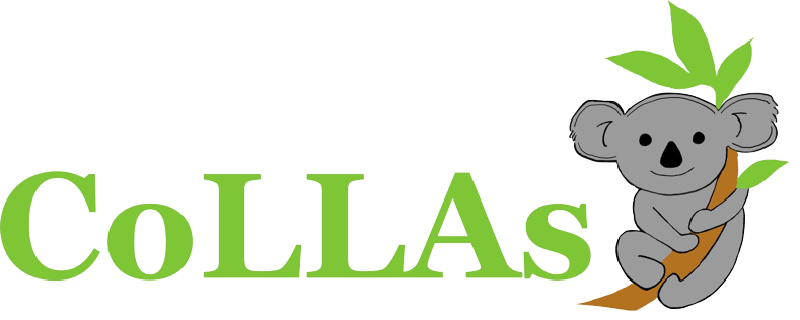We have two great papers accepted to the Conference on Lifelong Learning Agents this year!
Introspective Action Advising for Interpretable Transfer Learning
Joseph Campbell, Yue Guo, Fiona Xie, Simon Stepputtis, Katia Sycara
Abstract: Transfer learning can be applied in deep reinforcement learning to accelerate the training of a policy in a target task by transferring knowledge from a policy learned in a related source task. This is commonly achieved by copying pretrained weights from the source policy to the target policy prior to training, under the constraint that they use the same model architecture. However, not only does this require a robust representation learned over a wide distribution of states – often failing to transfer between specialist models trained over single tasks – but it is largely uninterpretable and provides little indication of what knowledge is transferred. In this work, we propose an alternative approach to transfer learning between tasks based on action advising, in which a teacher trained in a source task actively guides a student’s exploration in a target task. Through introspection, the teacher is capable of identifying when advice is beneficial to the student and should be given, and when it is not. Our approach allows knowledge transfer between policies agnostic of the underlying representations, and we empirically show that this leads to improved convergence rates in Gridworld and Atari environments while providing insight into what knowledge is transferred.
Sample-Efficient Learning of Novel Visual Concepts
Sarthak Bhagat, Simon Stepputtis, Joseph Campbell, Katia Sycara
Abstract: Despite the advances made in visual object recognition, state-of-the-art deep learning models struggle to effectively recognize novel objects in a few-shot setting where only a limited number of examples are provided. Unlike humans who excel at such tasks, these models often fail to leverage known relationships between entities in order to draw conclusions about such objects. In this work, we show that incorporating a symbolic knowledge graph into a state-of-the-art recognition model enables a new approach for effective few-shot classification. In our proposed neuro-symbolic architecture and training methodology, the knowledge graph is augmented with additional relationships extracted from a small set of examples, improving its ability to recognize novel objects by considering the presence of interconnected entities. Unlike existing few-shot classifiers, we show that this enables our model to incorporate not only objects but also abstract concepts and affordances. The existence of the knowledge graph also makes this approach amenable to interpretability through analysis of the relationships contained within it. We empirically show that our approach outperforms current state-of-the-art few-shot multi-label classification methods on the COCO dataset and evaluate the addition of abstract concepts and affordances on the Visual Genome dataset.
